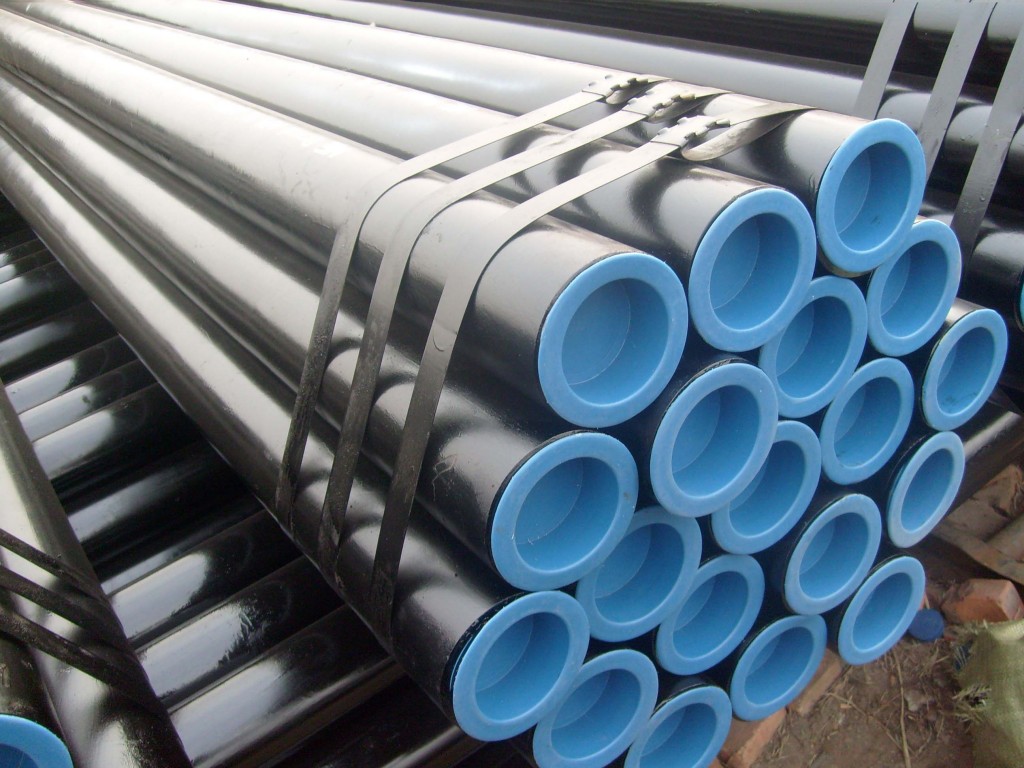It won’t be far fetched to think that one of the most widely-utilized metals for structural and constructional endeavors is stainless steel. This type of manufactured steel alloy possesses several qualities that offer structures more shape, form, and stability.
High level of strength
Some of the most common natural disasters which afflict a country such as the Philippines would be typhoons and earthquakes. When people are met with an emergency situation, no doubt the first thing they have to think about is to take cover and avoid falling structures that may possibly physically harm them in some way.
Withstands corrosion
For any type of metal to become more useful in constructional undertakings, it has to be able to withstand high levels of corrosion. Natural disasters like typhoons inundate buildings with egregiously high levels of water and other fluid mixtures which can drastically alter a building’s properties.
Though the effects are not instantaneous when a building is constantly subjected to prolonged levels of exposure to the elements, its physical qualities might also change.
High elasticity quotient
Earthquakes are just some of the most destructive natural disasters which can hit a particular area at any time. When earthquakes happen, people more often than not flee away from large structures that might break at any given moment because of the high level of vibrations produced by the tectonic movements below the earth’s surface.
This situation should be avoided at all costs, which is why another reason why stainless steel helps in the protection against natural disasters, is its high elasticity quotient.
Tolerates high temperatures
Fires are another type of natural disaster that can totally cause a building’s structure to disintegrate. One of the reasons for this is that fire spreads quickly because of the high levels of oxygen in the air.
If a building’s structure is predominantly made out of wood, which does not offer much stability and might cause the fire to reignite further, that mitigating the natural disaster might be more difficult than usual.

